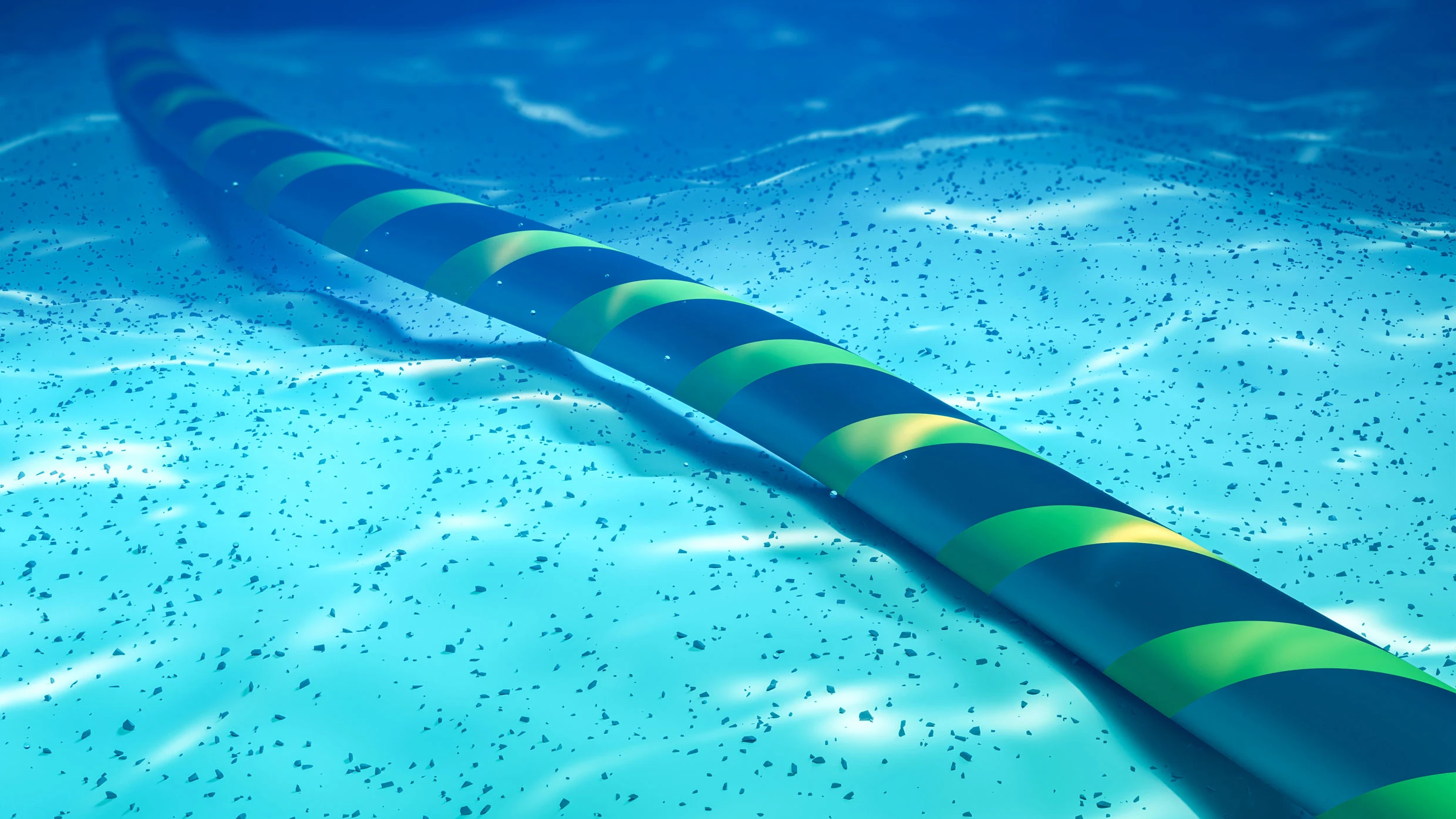
""The Red Sea is a kind of problematic area because you have all the maritime traffic coming through the Suez Canal, and they're waiting their turn to get to the Suez," Madory explains. "They have to drop an anchor while they're waiting, and when you have a lot of ships dropping a lot of anchors in shallow water, it's just a recipe for disaster.""
""We had cuts in the Red Sea last year, and now we're in the same boat again, so to speak," says Doug Madory, director of internet analysis at Kentik. When capacity is lost, providers must reroute traffic to the remaining links, creating latency and reliability issues."
Always-on internet connections are essential, but recent cuts to multiple subsea cables in the Bab el-Mandeb Strait disrupted service across Africa, Asia, and the Middle East. Four of about 15 cables there were severed, forcing providers to reroute traffic and causing latency and reliability problems. Hundreds of subsea cables on the ocean floor carry roughly 99% of global internet traffic. Repairs are usually quick but are delayed here due to the damaged cables' location off Yemen and ongoing conflict involving the Houthis. Frequent incidents—about 200 annually—and accidental anchor strikes raise interest in alternatives such as satellite internet services like Starlink.
Read at Fast Company
Unable to calculate read time
Collection
[
|
...
]